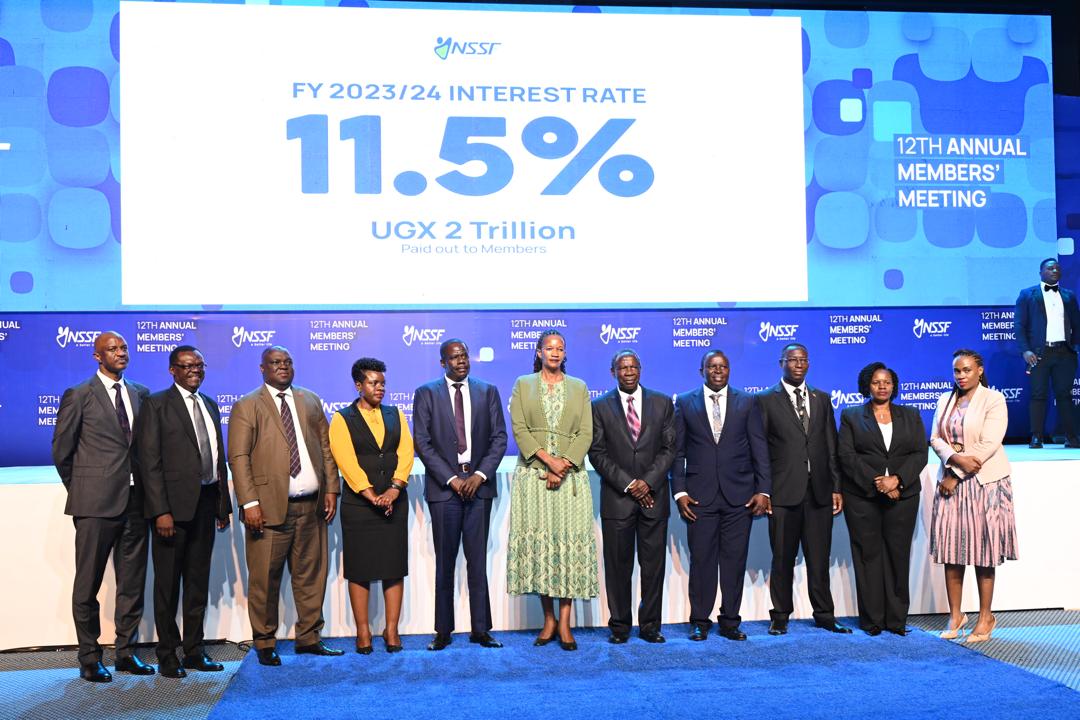In this immersive article, the CEO Magazine tracks NSSF financial performance over the last 10 years using a graphical presentation of the Fund’s data. Finance Minister Matia Kasaija took to…
How NSSF has performed over the last 10 years


In this immersive article, the CEO Magazine tracks NSSF financial performance over the last 10 years using a graphical presentation of the Fund’s data. Finance Minister Matia Kasaija took to…
deneme bonusu veren siteler deneme bonusu veren siteler deneme bonusu veren siteler deneme bonusu veren siteler deneme bonusu veren siteler casino siteleri
deneme bonusu bonus veren siteler deneme bonusu veren siteler
flyjota.com Deneme bonusu veren siteler Deneme bonusu veren siteler Deneme bonusu
You cannot copy content of this page
gaziantep escort,alanya escort,gaziantep escort
avrupa yakası escort,beşiktaş escort,beyoğlu escort,nişantaşı escort,etiler escort,esenyurt bayan escort,beylikdüzü bayan escort,avcılar bayan escort,şirinevler escort,ataköy escort
beylikdüzü escort ,istanbul escort ,beylikdüzü escort ,ataköy escort ,esenyurt escort ,avcılar escort ,bakırköy escort ,esenyurt escort ,esenyurt escort ,avcılar escort ,beylikdüzü escort